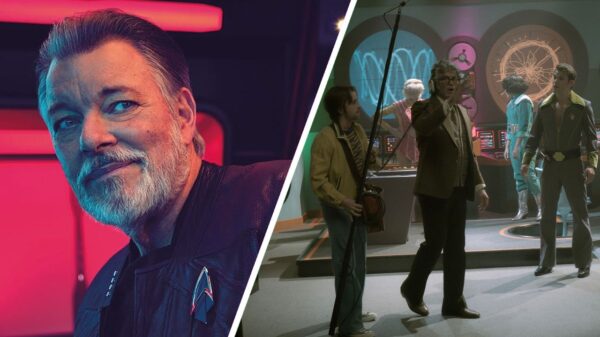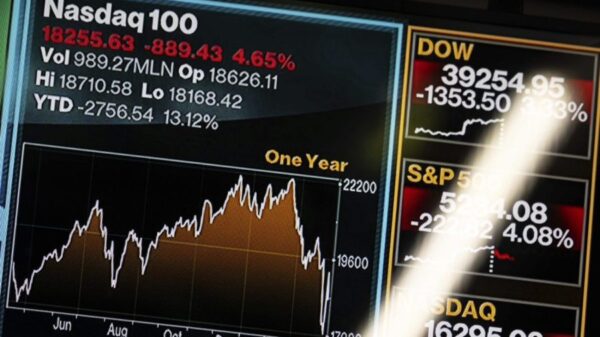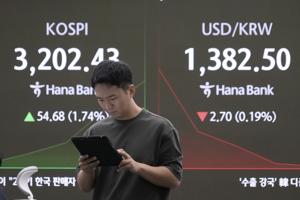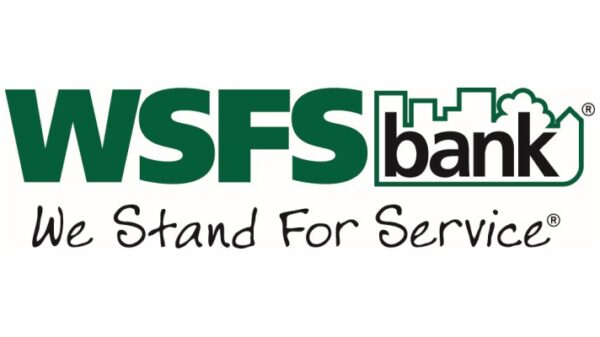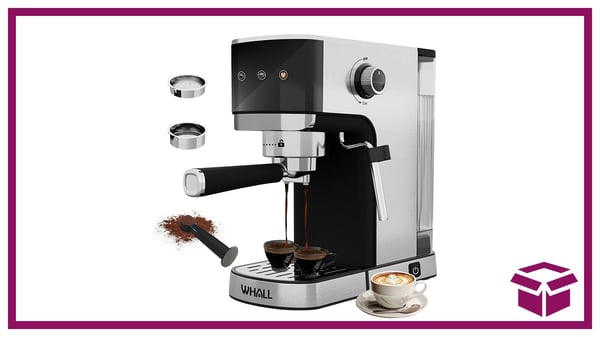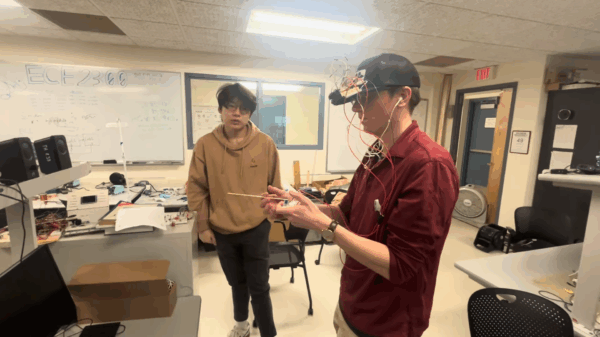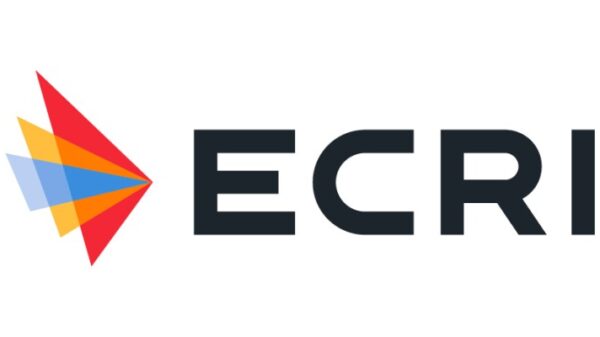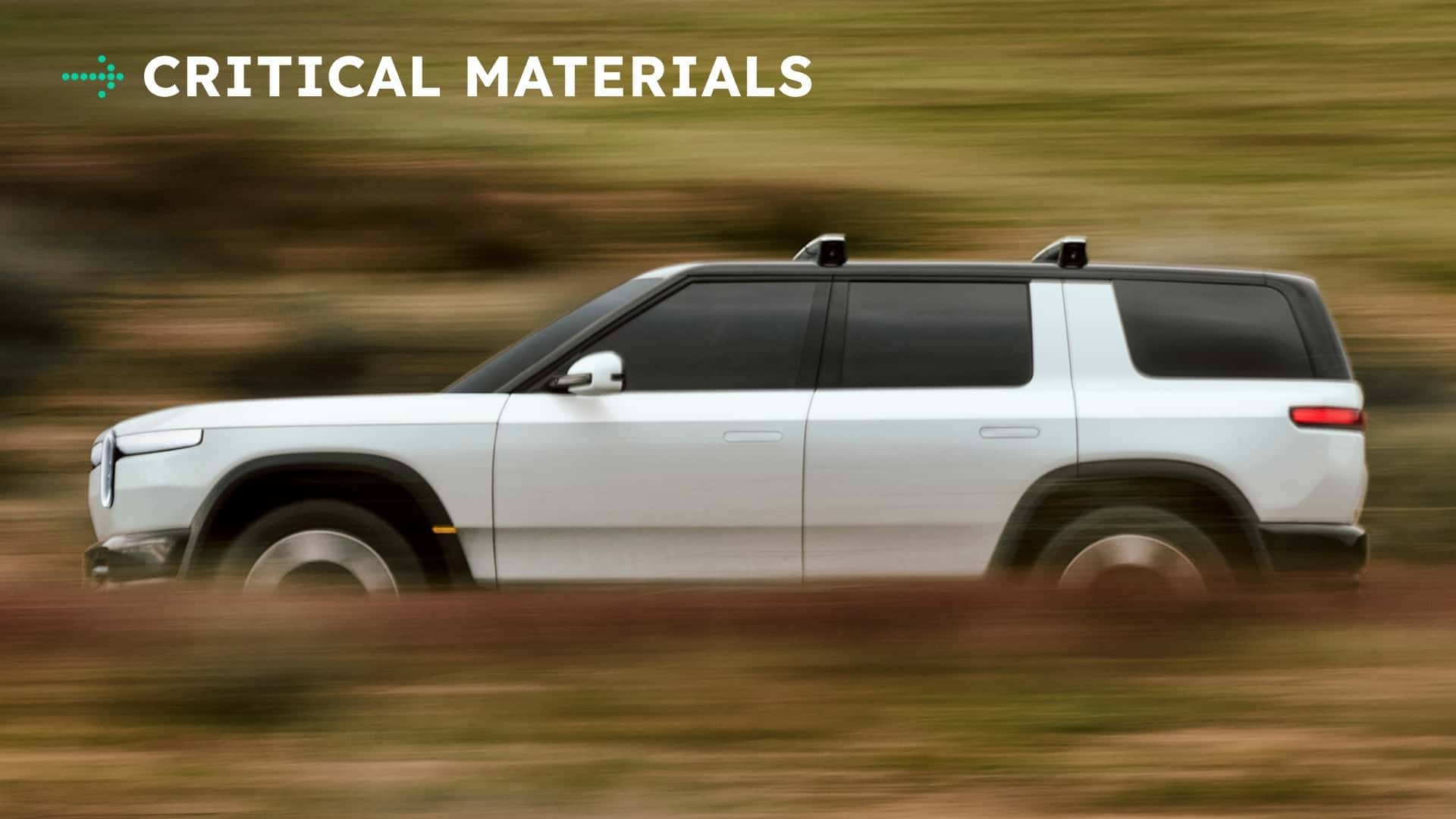The landscape for electric vehicle (EV) startups is shifting dramatically as the federal EV tax credit is set to expire on September 30, 2023. Companies like Rivian, Lucid, and Slate Auto are bracing for increased competition and potential sales declines, just as they were beginning to establish their footholds in the market. As the government withdraws incentives, the pressure mounts on these newer players, who will now vie for market share against established automakers with deeper pockets.
EV Tax Credit’s Impending Expiration
The $7,500 tax credit has been a significant boost for many EV manufacturers, but its removal could drastically affect sales. Analysts predict that around 320,000 potential buyers may reconsider their purchases without the incentive. Karl Brauer, an executive analyst at iSeeCars, warns that the EV market could see sales tumble from 8% to approximately 4% or 5% of the overall automotive market.
Startups like Slate Auto, which initially aimed to sell an affordable EV pickup for under $20,000, are now forced to adjust their pricing strategy. The anticipated new price range is now in the mid-$20,000s, and the company acknowledges it will have to absorb costs that it cannot pass on to consumers. This adjustment raises questions about the viability of such no-frills models in a market where buyers often prioritize comfort and additional features.
Established Brands Prepare for Competition
Both Rivian and Lucid are already entrenched in the EV sector, with each investing heavily in production and development. Rivian is expecting a sales dip of between 11% and 23% this year, despite only one quarter being affected by the tax credit’s expiration. Last year, Rivian sold 51,579 vehicles, a number that could be severely impacted by the removal of this financial incentive.
Lucid, on the other hand, aims to double its production in the coming year. However, most of its vehicles do not qualify for the tax credit either, which means it will be appealing primarily to a niche market of consumers who remain committed to EVs regardless of the cost implications. As Brauer noted, these brands may be left catering to “true believers” in the EV movement, as broader consumer interest wanes without the lure of financial incentives.
Global Trends in the EV Market
While the U.S. EV market grapples with these challenges, automakers such as Hyundai and Kia are shifting their focus to Europe. The region continues to offer robust demand for eco-friendly vehicles and maintains policies that support low-emission cars. According to the Korea Times, the pivot reflects these companies’ commitment to expanding in Europe, where they have invested significantly in new EV models and production capabilities to ensure eligibility for incentives.
This shift underscores a broader trend: foreign manufacturers are adapting quickly to market conditions, and U.S. buyers may soon find themselves facing fewer choices in the budget-friendly EV segment. As the federal government pulls back on EV subsidies and implements tariffs, the landscape for affordable electric vehicles could become increasingly sparse.
Community Concerns with Tesla’s Diner
Adding to the discourse surrounding the EV market, Tesla’s new diner, which features a car-hop service and Superchargers, has stirred discontent among local residents in California. Neighbors have described living adjacent to the diner as “absolute hell,” citing noise from construction and traffic congestion as major issues. Complaints have arisen about construction crews working outside permitted hours and the resultant disturbances, which have prompted some residents to relocate.
As Tesla aims to expand its brand through such innovative venues, it faces pushback from communities that feel the impacts of its ambitious projects. This tension may influence how the company approaches future developments in urban areas, particularly as it seeks to establish a strong presence in the competitive EV landscape.
In conclusion, while the EV market holds immense potential for growth, the expiration of the tax credit presents significant challenges for both established and emerging manufacturers. As the industry adapts to these changes, it will be crucial to monitor how these dynamics unfold in both the U.S. and international markets.





